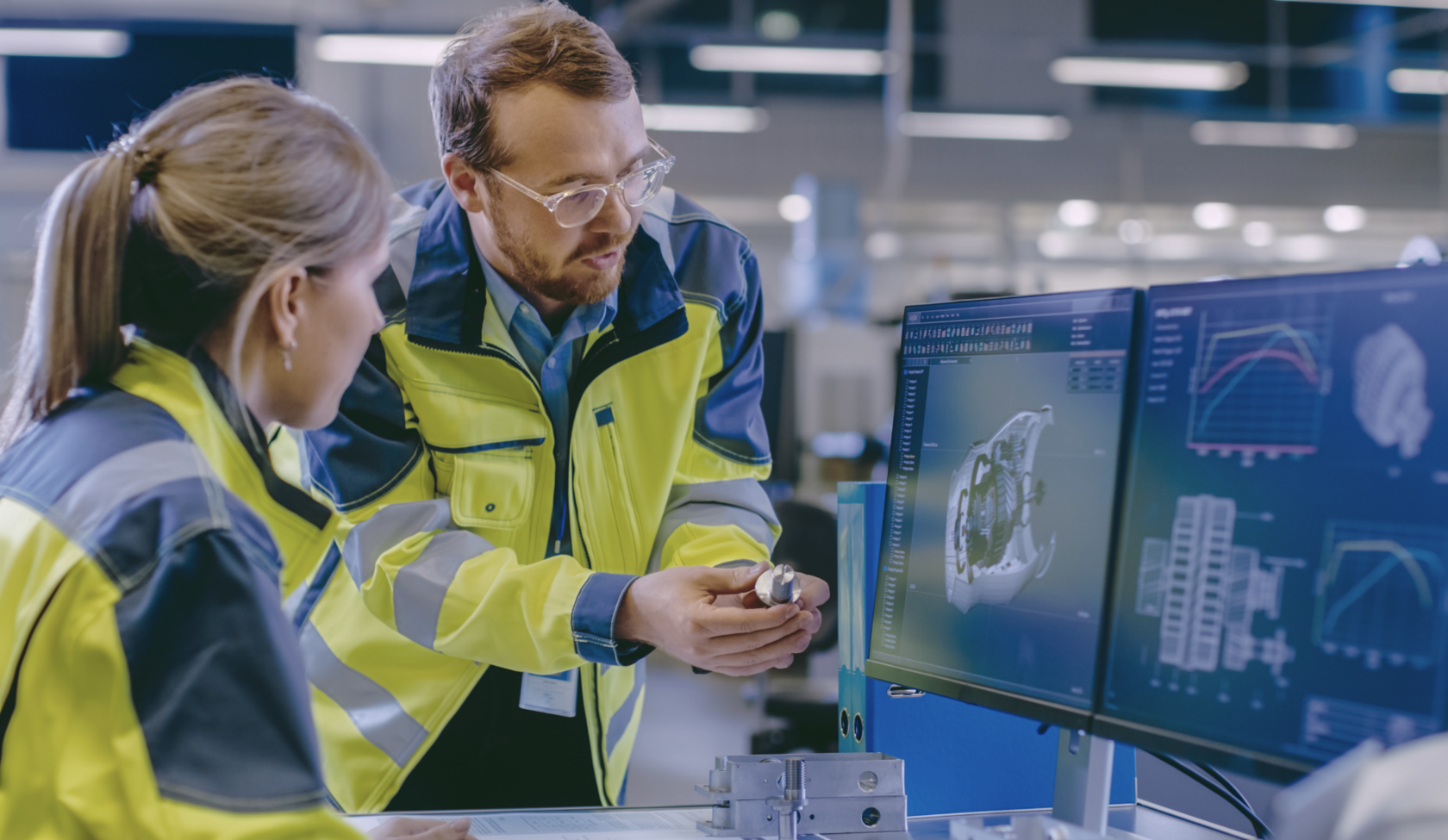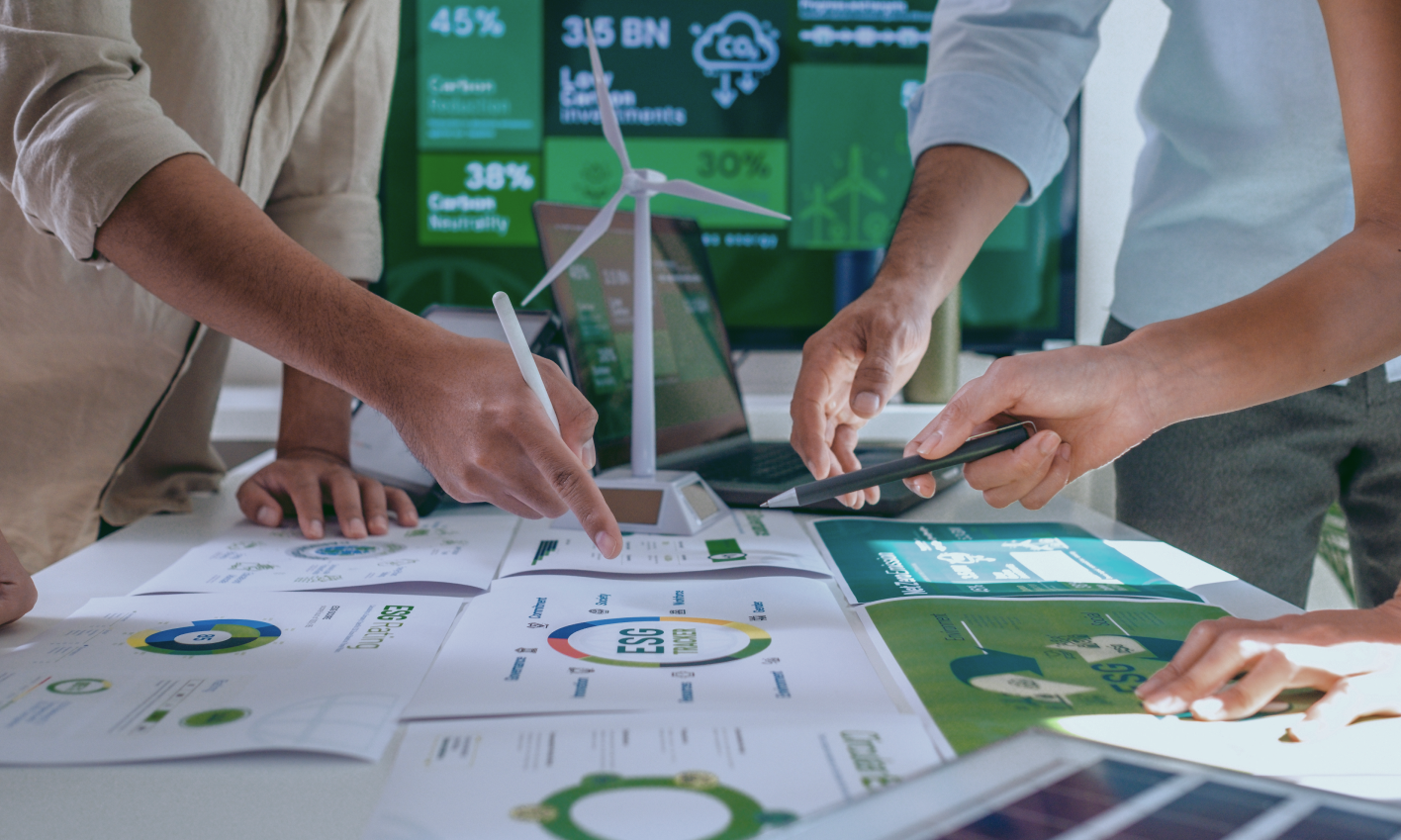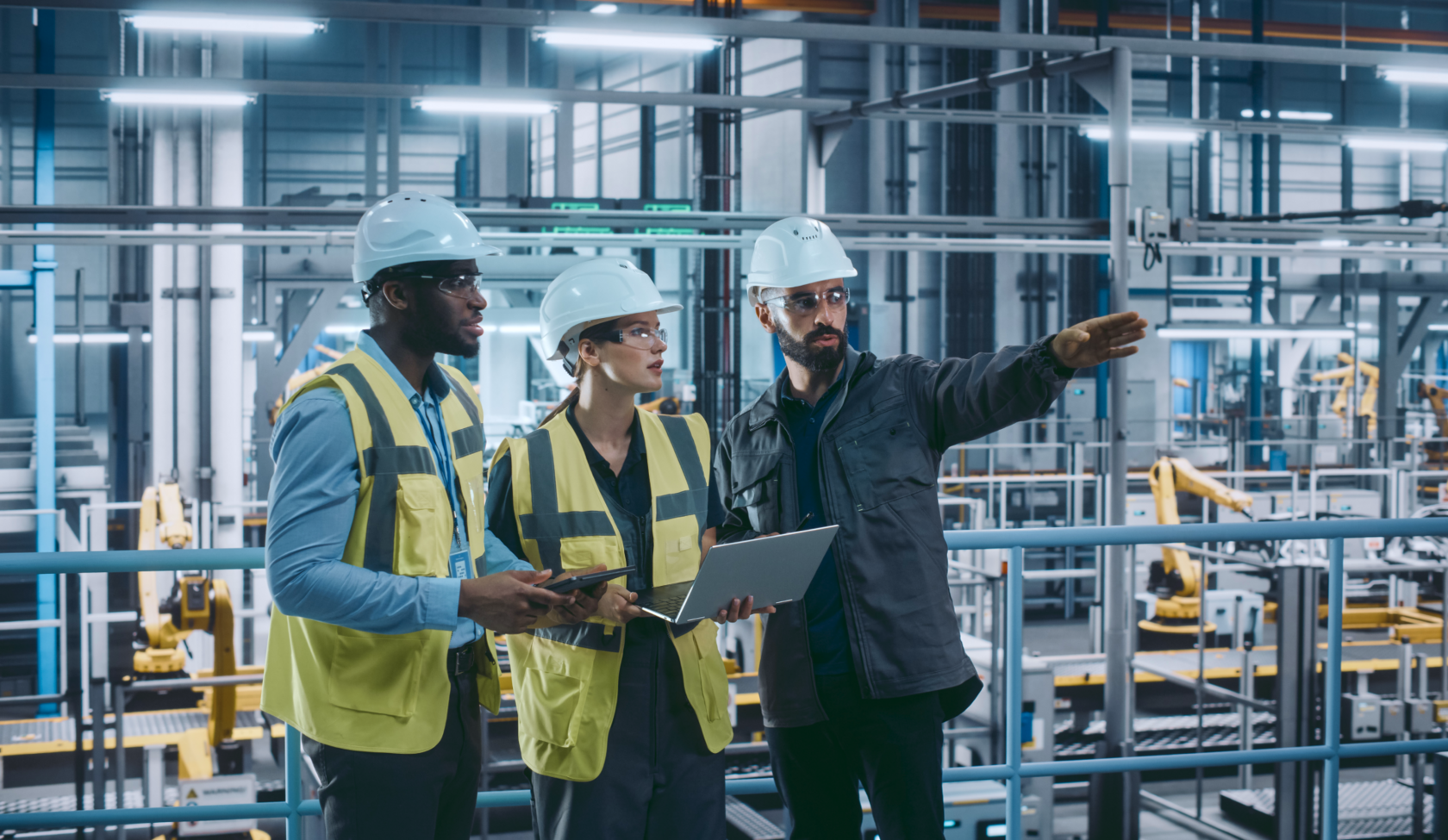Digital Engineering and Consulting
Feasibility Study and Pre-Feasibility Study
To successfully launch a technology project, it is important to understand its potential, which is why we develop feasibility studies.
This work contains:
Consideration of various technical variants of the object realisation, selection of the optimal variant, calculation of capital and operating costs
Investigation of all external conditions and risks, checking aspects that may prevent the realisation of the facility or cause high capital costs
Assessing the profitability of the project, taking into account site conditions, energy availability, infrastructure and logistics
Assistance in selecting the best site
Calculation of investment model and potential efficiency
Such analyses allow you to make an informed decision and mitigate risks before implementation begins.

Building Information Modelling (BIM) technologies allow you to manage information about a building at all stages of its life cycle - from idea to operation.
BIM can integrate structural, engineering and functional data, improve design accuracy, reduce errors and lower rework costs. These technologies significantly improve coordination between architects, engineers and contractors, facilitate efficient resource management and enable more accurate forecasting of time and budget, especially in large-scale and resource-intensive projects.

We take an integrated approach to design and construction with a focus on energy-efficient and renewable solutions.
One of the key tools is the creation of digital twins of buildings - virtual models that reflect the actual functioning of the facility. This allows us to optimise operation, test scenarios, minimise errors and make the project more sustainable, efficient and manageable.
BIM Levels

BIM 3D: Creating a BIM model
At the design stage, not just a graphical (geometric) 3D model of the object is created, but an information model of the future object with the necessary Level of Detail (LOD) and Level of Information (LOI), depending on the objectives.

This information model is the basis for all subsequent levels of digitalisation of the construction and operation processes.
In the course of BIM-modelling, a consolidated BIM-model for all disciplines is formed, all possible collisions are eliminated, each element of the model is filled with all necessary information about it.
In the course of BIM-modelling, a consolidated BIM-model for all disciplines is formed, all possible collisions are eliminated, each element of the model is filled with all necessary information about it.

BIM 4D: Temporal modelling
At the BIM 4D level, a time component is added to the 3D model, allowing the construction process to be visualised in stages.

This makes it possible to accurately plan schedules, manage construction processes and logistics. It is also labour-intensive and visually understandable to make plan-fact analysis of the construction process, to optimally manage procurement, logistics, labour and contractors.
Advantages
Reduced rework and downtime
Optimisation of procurement and logistics processes
Improved accuracy of time control
Improved co-operation between contractors
Increased transparency and manageability of the project

BIM 5D: Financial Management
BIM 5D integrates cost data into the project model, which ensures high accuracy of estimates and budget control. This allows you to forecast and manage financial flows at all stages of the project.
Benefits
Accurate and up-to-date cost estimates
Ability to model financial scenarios
Reduction of redundant costs
Increased financial transparency for the customer

BIM 6D: Energy Efficiency
BIM 6D is used to analyse energy consumption and sustainable design.

The system allows energy efficiency to be taken into account at the planning stage and to reduce operating costs in the future.
Benefits
Optimisation of design solutions in terms of energy efficiency
Reduced operating costs
Compliance with environmental standards and EU requirements
Increase the attractiveness of the site from a sustainability perspective

BIM 7D: Operation and Maintenance
BIM 7D combines a digital building model with operation and maintenance data. This allows you to track equipment status, plan maintenance and manage the lifecycle of a facility.
Benefits
Reduced maintenance and repair costs
Preventive maintenance based on real data
Increased service life of equipment and structures
Improving the operational efficiency of building management


BIM 8D: Safety and Risk Management
BIM 8D incorporates health, safety and construction safety aspects, allowing risks to be considered at the design stage. The system helps to model potentially hazardous situations, assess risk zones, and plan safe routes and work phases.
Benefits
Improving safety on the construction site
Reducing the probability of accidents and incidents
Supporting compliance with occupational health and safety regulations and standards
Ability to visualise risks for workers and contractors

BIM 9D: Sustainability and Life Cycle Analysis (LCA)
At the BIM 9D level, building life cycle modelling is carried out with a focus on sustainability, environmental load and resource efficiency.

This allows the environmental impact of a project to be analysed - from material extraction to disposal.
Benefits
Assessment of the carbon footprint and environmental performance of the building
Decision making with the circular economy in mind
Choice of materials and technologies with minimal impact on nature
Compliance with international environmental standards (e.g. BREEAM, LEED, DGNB)
Benefits of BIM for designers, contractors and clients
Benefits for designers
Improved quality of design and documentation
Optimising solutions and reducing costs
Improved communication with customers
Automate routine tasks and speed up the design process
Benefits for contractors
Accurate planning and control of construction
Optimisation of logistics and procurement
Minimising rework and reducing lead times
Controlling the budget and improving profitability
Benefits for customers
Improved communication between project participants
High fidelity visualisation and modelling
Reduce costs by reducing errors and rework
Increased transparency of financial flows and predictability of investments
BIM and sustainable development
The future of construction is zero-emission and fully digitalised. EU standards require new buildings to comply with zero-emission principles as early as 2030.
BIM gives you everything you need to do this

Energy efficiency is built in at the idea stage

Digital twin helps to monitor resource consumption

The model is put into operation and becomes the basis for smart, environmentally friendly management
In contrast to the common practice of having disparate specialists working on a project, we offer a unified BIM approach that integrates everything into one model. This not only reduces time and costs, but also changes the quality of design itself.

BIM and digital engineering are technologies that are giving businesses a competitive advantage today and shaping the sustainable construction industry of the future.

Find Your Optimal Energy Solution
Download the questionnaire for your primary energy goal, fill it out, and send it to info@n1-power.com. We’ll prepare a personalized offer for you.











